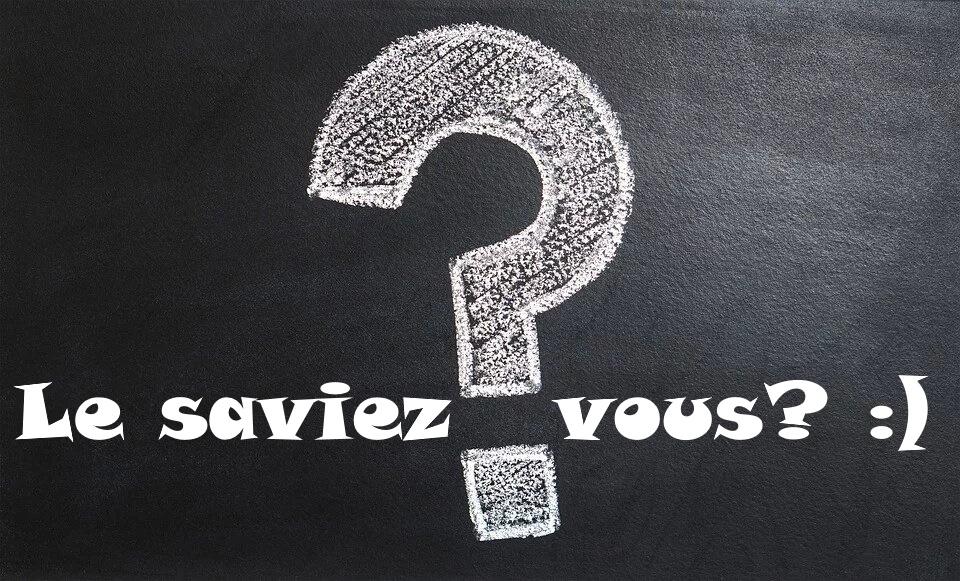Did you know?
On 23/04/2025
Hello everyone!
Knights: superheroes of the Middle Ages
Bayard, Du Guesclin, Godefroi de Bouillon… These armored vigilantes perform exploits to bring order to medieval society. Hear ye, hear ye! We present to you these supermen.
In the Middle Ages, superheroes are them, the knights. A lady is in distress? They rush to her rescue, like Bayard who saves a gentleman's wife from dishonor at the siege of Brescia, in Italy.
King Philip Augustus nearly loses his life on the battlefield? Immediately, Guillaume des Barres, an illustrious knight, draws his sword and saves him, in the middle of the Battle of Bouvines in 1214.
Superheroes, we tell you. A thousand years later, they continue to fascinate. There are countless films, books or video games devoted to them.
The values of honor and loyalty that they defend, like their warlike feats, partly explain the interest that they continue to arouse.
Have a good day and good game ;)

Add a comment